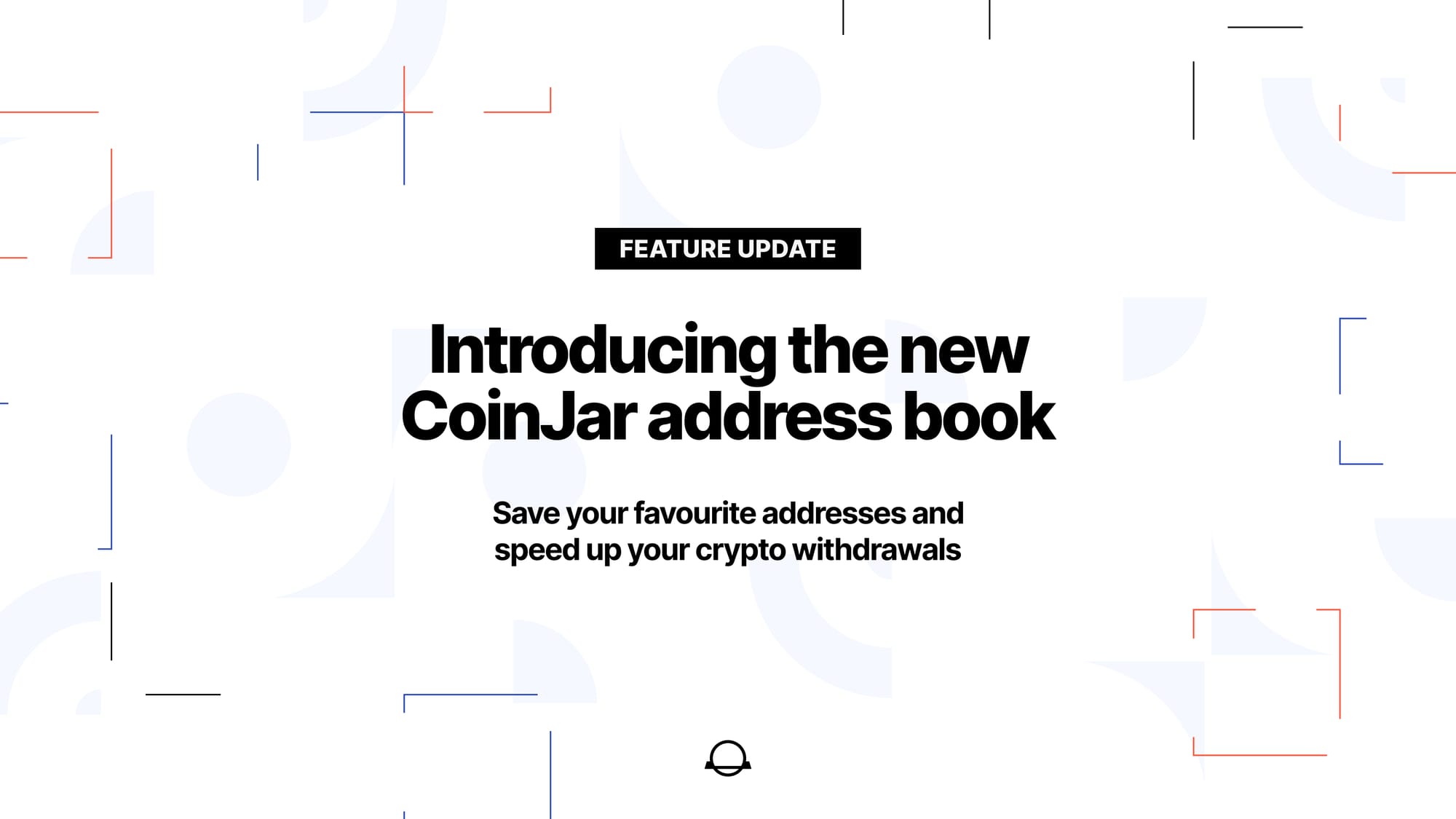
Lido Finance, the market’s largest liquid staking protocol, is rolling out several key new upgrades in its latest update.
The incoming upgrade, which must still be approved by its decentralized autonomous organization (DAO), will introduce two key features.
The most notable for various stakers on the platform is the unlocking of Ethereum withdrawals.
Users turn to Lido Finance to reap the benefits of Ethereum’s shift to a proof-of-stake (PoS) consensus algorithm. Instead of needing a whopping 32 Ethereum to become a staking validator on the network, Lido lets users earn yield by depositing any amount of Ethereum. In exchange for their deposits, users receive a staked Ethereum token called “stETH.”
Currently, though, withdrawing Ethereum after it’s been deposited isn’t possible—not until the incoming Shanghai fork slated for next month.
Today, Lido released new details about how exactly it will accommodate these key changes.
Withdrawals on the platform will be possible via two modes: Turbo and Bunker. Users withdrawing via Turbo mode can expect to have the operation, plus any yield accrued, executed quickly.
Bunker mode, however, introduces a request and claims process and, as the name suggests, would only be necessary “under catastrophic scenarios,” per Lido Finance.
These modes won’t be processed until Ethereum executes the Shanghai upgrade, with Lido Finance developer Eugene Pshenichniy telling Decrypt that they expect to launch this upgrade “on the same block” as the Shanghai fork.
Lido’s push for further decentralization
Lido Finance is also making a new push to better diversify its validator set by introducing a new feature called a Staking Router.
Though users needn’t spin up their own validator to stake on Ethereum with Lido, that doesn’t mean the protocol doesn’t. Per data from Rated, the staking platform is currently powered by more than 151,000 validators across 30 different node operators. Node operators are usually large staking firms, like Chorus One or BridgeTower, rather than individual users.
Moreover, the process to become a node operator on the network is executed via an application process. Currently, the protocol is only taking validator applications for those interested in staking on Polygon.
The Staking Router would adjust this process. Instead of a single committee approving or rejecting validators, the protocol would create various modules for the onboarding process. One module, for example, could be determined exclusively by community election. Another module could be focused on operating validator sets using layer-2 solutions. A third module could even combine these two varieties.
The goal of this approach is to create more flexibility for the types of validators that can join Lido, with the end goal of allowing anyone that fits the modules theme to join the network permissionlessly.
It’s still early days for these key upgrades. Lido Finance will first commission five code audits this month, followed by a scheduled Snapshot vote at the end of February.
After that, should everything check out, the protocol will first deploy on the Goerli testnet in March and then mainnet following Ethereum’s upgrade.


